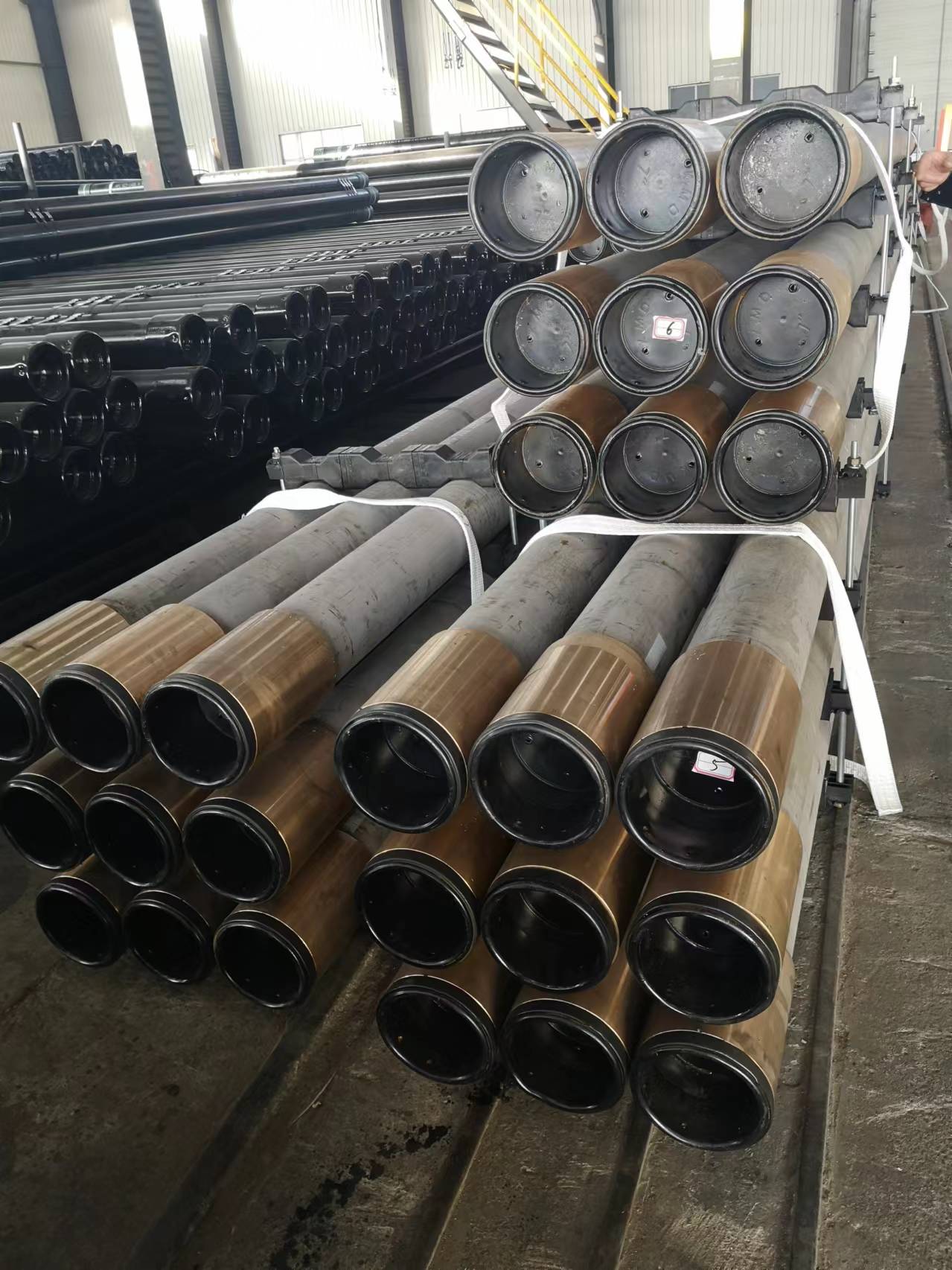- Afrikaans
- Albanian
- Amharic
- Arabic
- Armenian
- Azerbaijani
- Basque
- Belarusian
- Bengali
- Bosnian
- Bulgarian
- Catalan
- Cebuano
- Corsican
- Croatian
- Czech
- Danish
- Dutch
- English
- Esperanto
- Estonian
- Finnish
- French
- Frisian
- Galician
- Georgian
- German
- Greek
- Gujarati
- Haitian Creole
- hausa
- hawaiian
- Hebrew
- Hindi
- Miao
- Hungarian
- Icelandic
- igbo
- Indonesian
- irish
- Italian
- Japanese
- Javanese
- Kannada
- kazakh
- Khmer
- Rwandese
- Korean
- Kurdish
- Kyrgyz
- Lao
- Latin
- Latvian
- Lithuanian
- Luxembourgish
- Macedonian
- Malgashi
- Malay
- Malayalam
- Maltese
- Maori
- Marathi
- Mongolian
- Myanmar
- Nepali
- Norwegian
- Norwegian
- Occitan
- Pashto
- Persian
- Polish
- Portuguese
- Punjabi
- Romanian
- Russian
- Samoan
- Scottish Gaelic
- Serbian
- Sesotho
- Shona
- Sindhi
- Sinhala
- Slovak
- Slovenian
- Somali
- Spanish
- Sundanese
- Swahili
- Swedish
- Tagalog
- Tajik
- Tamil
- Tatar
- Telugu
- Thai
- Turkish
- Turkmen
- Ukrainian
- Urdu
- Uighur
- Uzbek
- Vietnamese
- Welsh
- Bantu
- Yiddish
- Yoruba
- Zulu
casing threads and couplings
Casing Threads and Couplings An Overview of Their Importance in Well Construction
In the oil and gas industry, the construction of boreholes is a meticulous process that requires an in-depth understanding of various components, among which casing threads and couplings play a vital role. These components facilitate the safe and efficient extraction of resources while ensuring the structural integrity of the well. This article explores the significance, types, and applications of casing threads and couplings in well construction.
The Role of Casing in Wellbore Integrity
Casing refers to a series of cylindrical pipes that are inserted into a wellbore to maintain its stability. The primary purpose of casing is to protect groundwater from contamination, support the sides of the borehole, and provide a conduit for oil and gas production. The casing must withstand various stresses and pressures during the drilling, completion, and production phases. Hence, it must be designed and manufactured with precision.
Understanding Casing Threads
Casing threads are the helical grooves or ridges cut onto the ends of the casing pipes. These threads serve as the connectors that join each section of casing together, ensuring a tight and secure fit that can withstand substantial pressures. The type of thread design employed can affect both the performance of the casing and the ease of installation.
There are several standard thread types used in the industry, each with unique characteristics. Common types of casing threads include
1. API (American Petroleum Institute) Threads These conform to the API standards and are widely used due to their ease of manufacturing and installation. API threads are available in various sizes and are often used for both casing and tubing.
2. Premium Threads These threads are designed for specific applications that require higher performance standards. They offer better sealing properties and are resistant to galling, making them suitable for harsh environments encountered in deep-sea drilling.
casing threads and couplings

3. Specialty Threads Some applications may require customized threading profiles for unique operational needs or to address specific challenges related to pressure, temperature, or corrosive materials.
The Importance of Couplings
Couplings are short lengths of pipe that connect two sections of casing. They effectively link casing strings and maintain structural integrity throughout the wellbore. Couplings come in various designs, including threaded and welded options, depending on the application and the conditions of the well.
The choice of coupling is critically important. It influences the overall strength, durability, and pressure handling capabilities of the casing system. Corrosion-resistant materials are often used for couplings to ensure long-term reliability, particularly in aggressive environments.
Proper Installation and Maintenance
The installation of casing and couplings requires skilled personnel to ensure that threads are properly engaged and sealed. Insufficient torque during installation can lead to problematic leaks or even catastrophic failures during the operational phase. Regular inspection of casing and couplings is paramount to identify any wear or damage.
In addition, thread compounds or sealants are sometimes employed to enhance the sealing properties of threaded connections, particularly in high-pressure environments. Proper maintenance routines can prevent issues such as galling, which can permanently damage threads and compromise the integrity of the casing.
Conclusion
Casing threads and couplings are integral components of well construction. Given their importance in maintaining borehole integrity and ensuring safe resource extraction, a thorough understanding of their types, applications, and maintenance is essential for professionals in the oil and gas industry. As advancements in drilling technologies continue to evolve, so too will the designs and materials used in casing threads and couplings, highlighting their importance in the quest for efficient and sustainable energy extraction. With proper attention to detail and adherence to manufacturing standards, the reliability and safety of oil and gas operations can be significantly enhanced.
-
Tubing Pup Joints: Essential Components for Oil and Gas OperationsNewsJul.10,2025
-
Pup Joints: Essential Components for Reliable Drilling OperationsNewsJul.10,2025
-
Pipe Couplings: Connecting Your World EfficientlyNewsJul.10,2025
-
Mastering Oilfield Operations with Quality Tubing and CasingNewsJul.10,2025
-
High-Quality Casing Couplings for Every NeedNewsJul.10,2025
-
Boost Your Drilling Efficiency with Premium Crossover Tools & Seating NipplesNewsJul.10,2025







